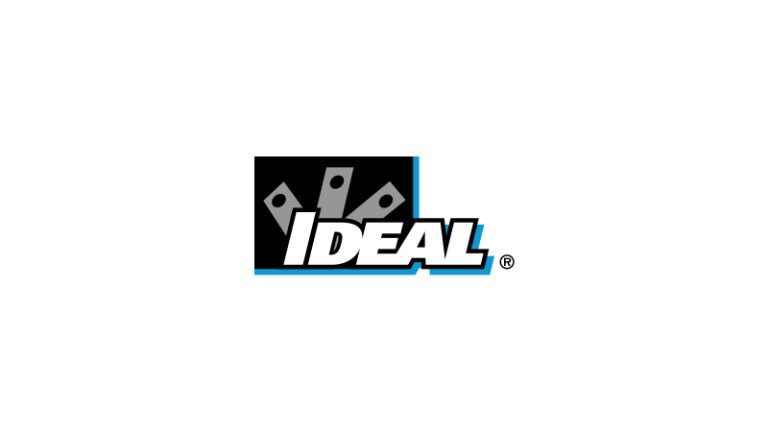6 Tactics to Maximize the Purchasing Function: Tactic 3 — Time

Barry Olson
This article is the third in a series of six tactics in which the electrical contractor can maximize purchasing power and profitability though procurement. Whether one has a dedicated purchasing team or relies on project managers to procure materials, consideration of these six specific tactics can help maximize profits and increase efficiencies.
Time is an important part of all construction activities. Project managers are often given notice to proceed at the last minute, yet are expected to stay within the guidelines of the project schedule to meet deliverables and milestone dates. This rush to get things moving can cost you a lot of money in the long run when it comes to buying a project out as the pressure is on to get jobs going. This “hurry up” attitude can force rushed decisions, which can result in higher pricing, and that will not benefit your bottom line. Thankfully, there are a few things you can do to work within a tight timeframe and still maximize profits during your buyout.
First, though, let’s explore how time can benefit you when purchasing materials for a project. Most suppliers are hungry to secure orders, and waiting to hear back on project buyouts creates pressure. Vendor salespeople are continually being pestered by their own management to follow up and report the latest status regarding project buyouts, and this is something you can use to your advantage. Keeping that fact in mind, it is easy to understand that, the longer you are able to hold off on issuing a purchase order, the more pressure you put on your suppliers to sweeten the deal.
The following are some tactics you can use to take advantage of this situation.
It is important to review your material needs. To get the most time with which to work, long lead-time items need to be assessed in relation to the job’s delivery requirements. This generally includes the lighting, generators and specialty switchgear. It is also important to have a complete bill of material for each buyout package so you can easily compare pricing from different vendors. I typically include an outline detailing specific specification notes, such as spares required, AIC ratings, or special warranty or services needed as well. Lastly, it is important that you send out this information with explicit language stating that the price you are expecting back is for a “BUY,” not just a refreshed quote. This helps vendors and the agents they are working with realize that they need to provide their best number and trim out any contingency monies they may have been holding.
Once the bill of materials is sent to vendors for pricing, it is good to give them two or three days to respond. This allows vendors time to review the project with their manufacturers’ reps and put a complete quote together. Do not give them too much time though, as you need them to stay focused and under a deadline to get their best efforts.
Time is now on your side. Most vendors will be eager to know how their numbers fared and may turn up the pressure to get feedback. Do not give them anything specific! It is best to tell them their price is under review and they are in the mix, but if they can provide any better pricing levels, they need to act fast. Sometimes, I will even call the sales manager or the manufacturers’ agent and let them know numbers are very close and anything else they can offer in discounts may help them secure an order. I then give them a specific date that I expect to be making the decision. I am very careful not to promise them an order, only suggest that an order is within reach. One caveat here is that it is vital you treat your vendors fairly and do not make false promises during this process. Vendors will only trust you and give you their best numbers if they know you will treat them fairly; win or lose.
Some contractors play a simplified version of this tactic, promising an order if a vendor can get to a certain number, then calling their competitor and promising an order if they can beat the first vendors’ number. I would advise against this because our industry is small, and people talk. It won’t take long before all of the vendors know they cannot trust that you will issue a purchase order based on your word. Reputation is everything when it comes to securing the very best pricing.
This tactic can be further enhanced by using a principle of behaviour called “Prospect Theory” (Kahneman&Tversky), which states that a person is more motivated by the prospect of a loss than that of a gain. To put this principle to work, one must emphasize the potential loss of an order rather than the gain of one. I will usually tell my vendors that I would hate to see them lose an order because they were trying to play it safe with their quote. This simple sentence is a powerful motivator as it brings the concept of loss into play without being threatening or coercive. Some might see this as a manipulative tactic that shouldn’t be used, but I would disagree. It is simply using a well-researched principle of psychology in an attempt to create a focused effort towards obtaining the lowest possible price. The decision not to use every tool I have available, within moral standards, would be a disservice to my employer and my position as a buyer.
If you currently have any reservations about using principles of psychology and social behaviour to enhance your profitability, withhold that judgement until reading my next tactic. I will reveal some of the psychological hacks your vendor salespeople are currently using to increase their chances of receiving orders from you and suggest ways in which you can guard against them when making your buying decisions.
Barry Olson has 25 years of purchasing experience with large union contractors and is currently the director of purchasing for SASCO in Southern California. He holds a Bachelor’s degree in organizational leadership, is nearing completion of a Master’s degree in the same discipline, and plans to continue his studies with a Ph.D. Barry can be contacted at BarryOlson@Outlook.com.
This article has been reprinted with permission of Electrical Contractor Magazine. These articles originally appeared on ECmag.com in 2015. Next in the series: time.
Read More Articles on Electrical Industry Canada by this Barry Olson:
6 Tactics to Maximize the Purchasing Function: Tactic 1 — Economies of Scale
6 Tactics to Maximize the Purchasing Function: Tactic 2 — Pricing
6 Tactics to Maximize the Purchasing Function: Tactic 4 — Influence
6 Tactics to Maximize the Purchasing Function: Tactic 5 – Know Your Prices

















